Someone back home said you'd be robbed blind, kidnapped or worse if you dared set foot in the Philippines. So you booked yourself into an all-inclusive resort on Boracay and didn’t venture out for the whole trip (or worse, you didn’t go at all).
Big mistake. The Philippines has an unjustified reputation for being a 'dangerous' place – a myth fuelled both by typically conservative Western embassy warnings and some skittish Filipino expatriates. But the Philippines is as safe as anywhere in Southeast Asia. And while there has been violence in a few remote provinces in the southern region of Mindanao, it rarely spills over into other parts of the country or affects tourists. Check and be aware of the latest travel advisories, of course, but once you get to the Philippines you’ll likely soon be laughing at the notion of it as a dangerous country. Relax and explore.

You showed up and spent 10 days battling epic monsoon rains – hardly the vacation in paradise you'd banked on.
A common misconception about the Philippines is that the entire country has the same weather. It isn’t that simple. The Philippines has four distinct climate zones. Study the regional forecasts carefully and choose your destination accordingly. The capital, Manila, has a particularly severe wet season (peaking July to September). However, many other areas of the country are dry during this time.
Typhoons are the big wildcard. They typically affect huge swathes of the country and can occur even outside the typhoon 'season' (which is roughly June to December). Keep an eye on sites like Typhoon2000 (typhoon2000.ph) to make sure you're not heading into the teeth of one, and, if you are, reroute.
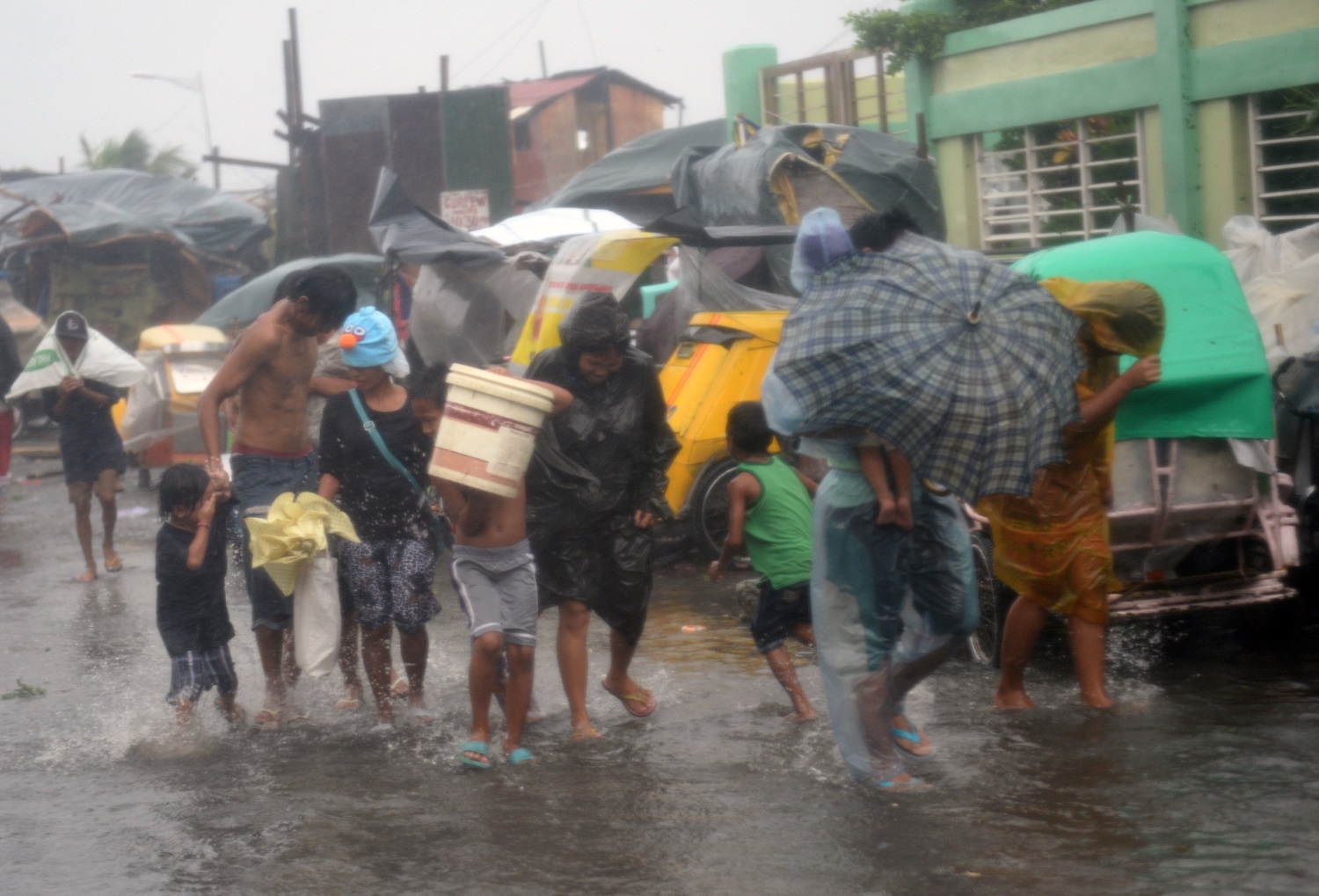
The first rule of travel in the Philippines? Assume things will go awry. Boat and bus schedules are notoriously unreliable and can change at a moment's notice. Typhoons can throw a damper on the best-laid plans (see Fail #2). Or maybe the beach you hastily chose just wasn't for you (don't worry, there are thousands of others).
Stay flexible so you can easily go somewhere else if your trip goes pear-shaped. Outside of the two 'super-peak' periods (New Year's and Easter), it's rarely difficult to find a room, and indeed you'll generally get better hotel deals at the last minute. Boat and bus tickets can almost always be bought at the station at the time of departure, and a plethora of domestic budget airlines means relatively cheap plane tickets even close to your day of travel.
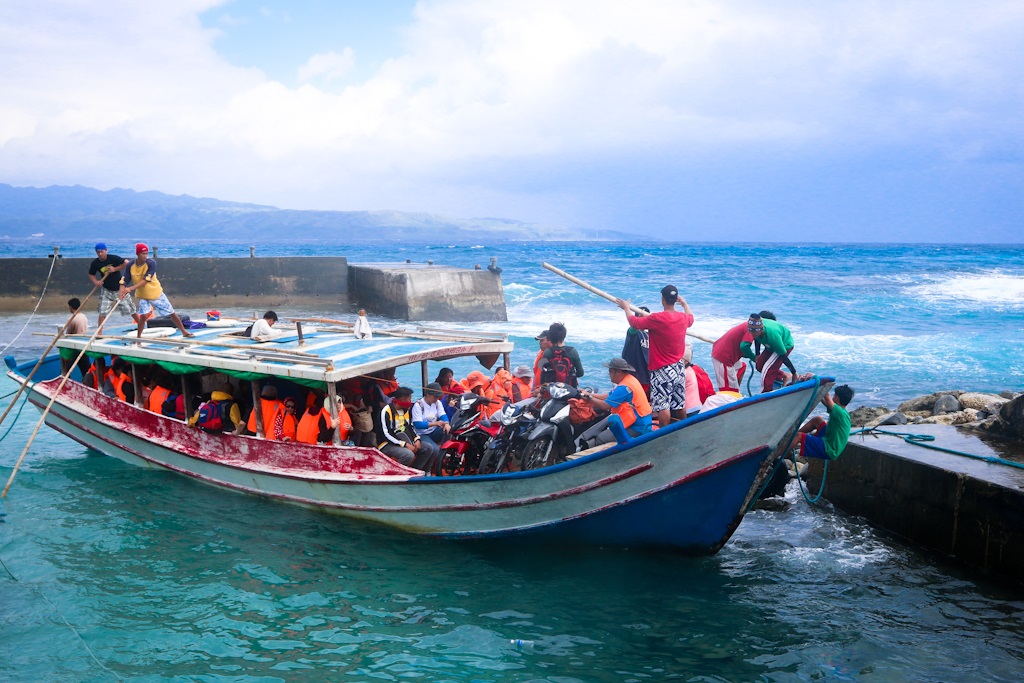
Karaoke is the national pastime in the Philippines and at some point you'll find yourself mic-in-hand making a lame attempt to croon out 'Yesterday' or 'My Heart Will Go on'. Don't worry about sounding like a chicken being strangled. Filipinos aren't judgemental when it comes to singing and will respect your attempt at cultural immersion.
Of course, it goes both ways. Seasoned karaoke practitioners should not dismiss those with inferior skills. At least one murder in recent years was attributed to an unflattering karaoke assessment. This is unlikely to happen to you, but take the point: karaoke is serious fun in the Philippines. Have a laugh with it, but don't disrespect it.
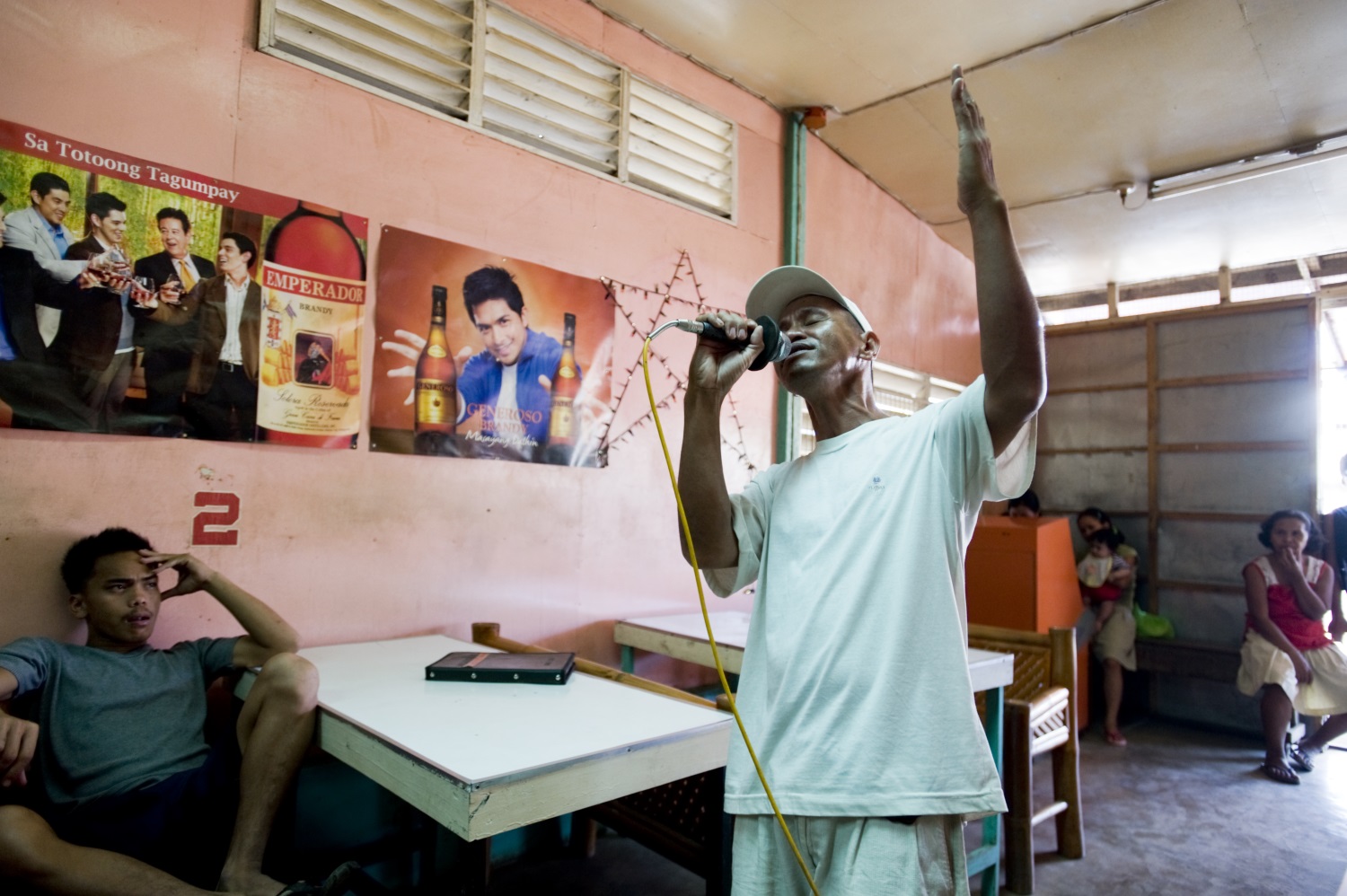
Two tips in one 'fail': first off, as in most Asian countries, raising your voice and showing outward frustration in the Philippines causes both parties to 'lose face' and could be taken the wrong way. Secondly, the Philippines is among the cheapest places in the world to travel, especially when compared with Europe and the US. Dwelling on whether you’ve paid too much for your transport or accommodation after haggling over what might amount to a couple of dollars is hardly worth the anxiety. So when that taxi driver taking you through Manila’s brutal rush hour asks for an extra US$1 to US$2 – a not uncommon peak-hour surcharge elsewhere in the world – it’s best to simply pay up and keep your cool.
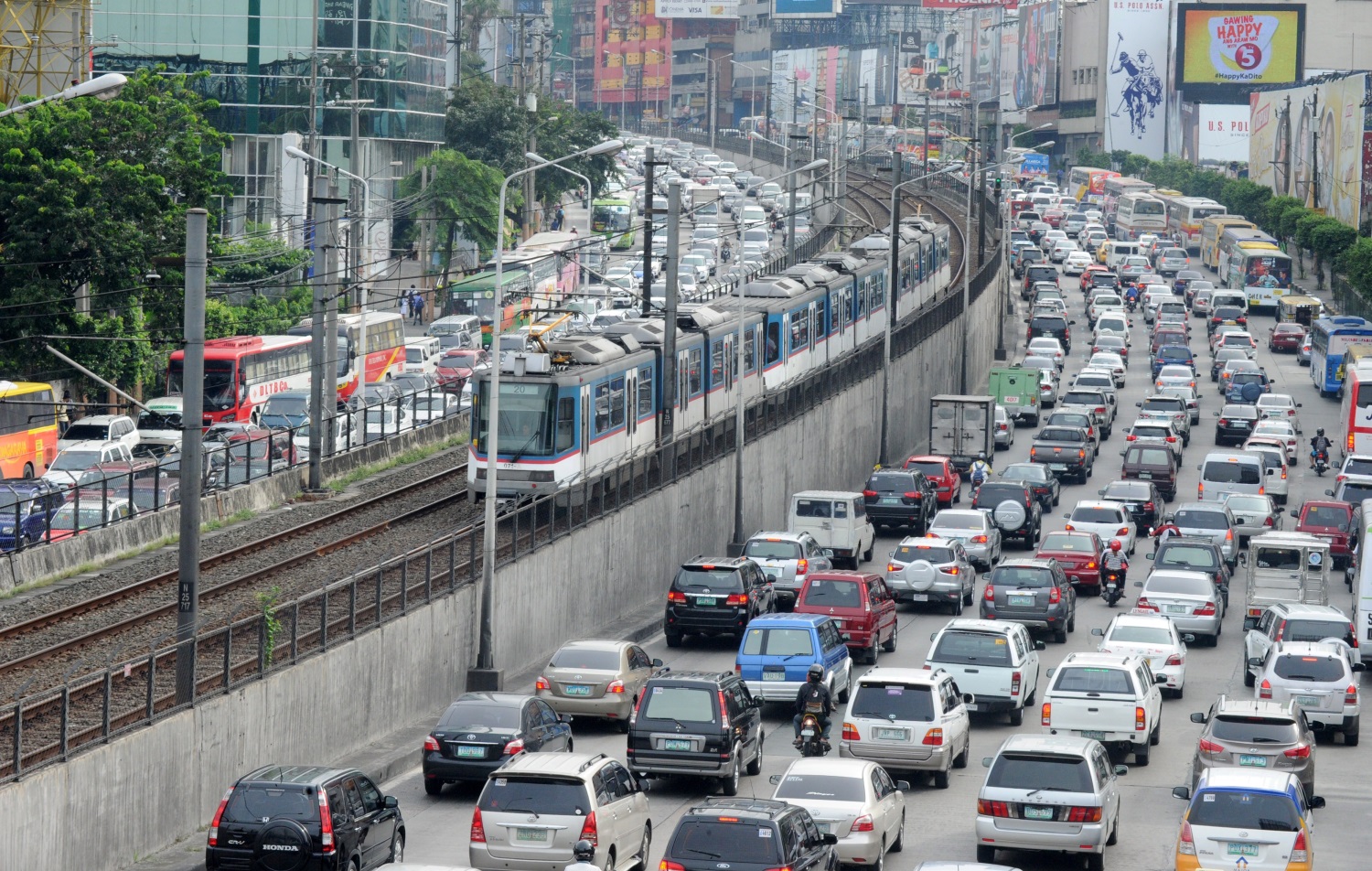
A friendly local invited you into their home for dinner, but when you showed up punctually they suddenly seemed less friendly.
There is a reason for this: it's considered impolite to arrive on time in the Philippines. If you do, don't be surprised if you are the only one there and your host seems far from ready. About 15 minutes late is the socially acceptable arrival time.
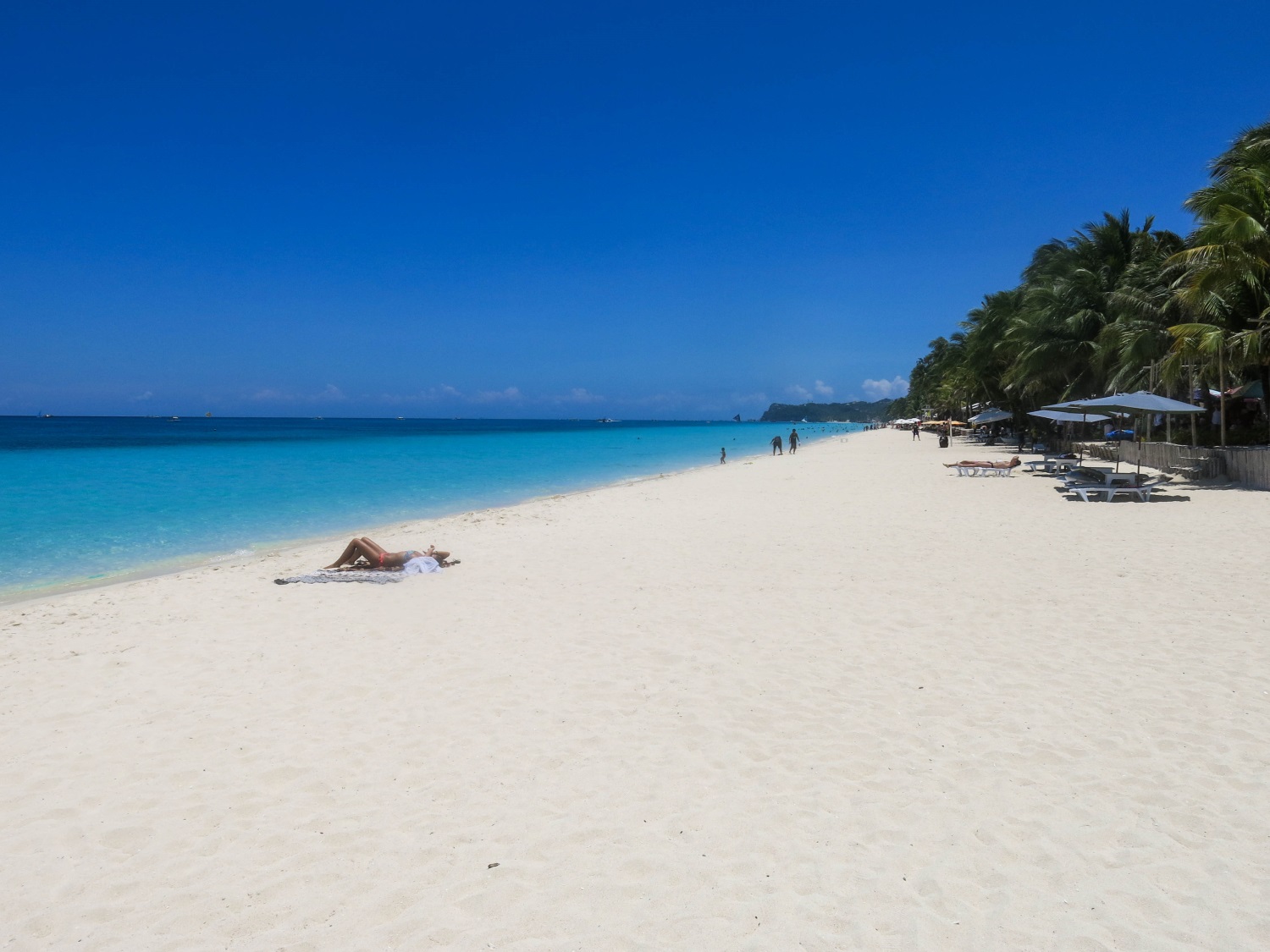
Trying to save money, you paid US$50 for an AirBnB apartment in Quezon City (a far-flung suburb of Manila).
Bad call. Don't assume big-city Western prices when visiting the Philippines' two major urban hubs, Manila and Cebu. Accommodation in Cebu is exceptional value – think P1200 to P1900 (US$25 to $40) for excellent midrange accommodation. Manila prices are just a notch higher at about P1500 to P2500 for a decent double. Also keep in mind that Manila in particular is a huge, intimidating place for first-time visitors. You'll probably be happy to have a concierge on hand rather than be left to your own devices in a private apartment.